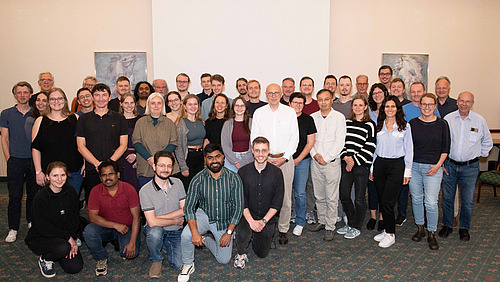034/2025 10.4.2025
Their study, which has now been published in the Journal of Environmental Management, found that despite intensified nature conservation management, the cover of the grass species has increased significantly over the past 40 years.
So-called calcareous grasslands have developed through centuries of use as pastures, but also as meadows, mostly without any fertilization on calcareous soils. Due to the great diversity of plant and insect species, they are of outstanding importance for the preservation of biodiversity. They are legally protected throughout the EU by the Habitats Directive. For a long time, the greatest threat to these biodiversity hotspots was posed by abandonment. Recently, however, the spread of the upright grasshopper has led to massive changes in the biocoenoses of calcareous grasslands in Central Europe.
Overall, according to one of the researchers' findings, the spread of the upright senna has led to a structural and floristic homogenization. "We explain the spread over the last 40 years primarily by climate change, i.e. milder winters and drier summers, but also by nitrogen inputs," explains Prof. Fartmann. "The ability of this plant to grow even at comparatively low temperatures in winter is a strong advantage over many of its competitors. This is especially true for deep soils that are enriched with nitrogen due to atmospheric inputs. Summer drought also favors this very drought-resistant species."
But what can be done to prevent further spread and the associated decline in biodiversity? "It is crucial to use the grassland in winter and early spring during the first sprouting phase of the grass species and again during the subsequent growth phase, i.e. normally six to eight weeks later. Management can take the form of grazing or mowing," explains Prof. Fartmann.
Further information for the media:
Prof. Dr. Thomas Fartmann, Osnabrück University,
School of Biology/Chemistry
Department of Biodiversity and Landscape Ecology,
thomas.fartmann@uos.de





